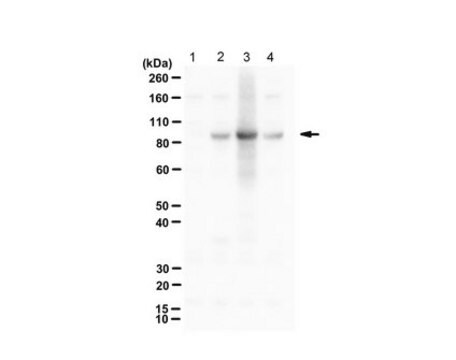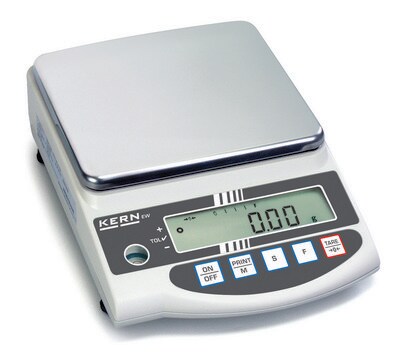MABC1092
Anti-ASPP2 (TP53BP2) Antibody, clone DX54.10
clone DX54.10, from mouse
Sinónimos:
Apoptosis-stimulating of p53 protein 2, Bcl2-binding protein, Bbp, Renal carcinoma antigen NY-REN-51, Tumor suppressor p53-binding protein 2, 53BP2, p53-binding protein 2, p53BP2
About This Item
Productos recomendados
origen biológico
mouse
Nivel de calidad
forma del anticuerpo
purified antibody
tipo de anticuerpo
primary antibodies
clon
DX54.10, monoclonal
reactividad de especies
human
envase
antibody small pack of 25 μL
técnicas
immunocytochemistry: suitable
immunohistochemistry: suitable (paraffin)
immunoprecipitation (IP): suitable
western blot: suitable
isotipo
IgG1κ
Nº de acceso UniProt
Condiciones de envío
ambient
modificación del objetivo postraduccional
unmodified
Información sobre el gen
human ... TP53BP2(7159)
Categorías relacionadas
Descripción general
Especificidad
Inmunógeno
Aplicación
Immunohistochemistry Analysis: A representative lot detected ASPP2 (TP53BP2) in Immunohistochemistry applications (Wang, Y., et. al. (2014). Nat Cell Biol. 16(11):1092-104).
Immunocytochemistry Analysis: A representative lot detected ASPP2 (TP53BP2) in Immunocytohemistry applications (Wang, Y., et. al. (2013). Cell Death Differ. 20(4):525-34; Wang, Y., et. al. (2014). Nat Cell Biol. 16(11):1092-104).
Western Blotting Analysis: A representative lot detected ASPP2 (TP53BP2) in Western Blotting applications (Wang, Y., et. al. (2013). Cell Death Differ. 20(4):525-34; Samuels-Lev, Y., et. al. (2001). Mol Cell. 8(4):781-94).
Apoptosis & Cancer
Calidad
Western Blotting Analysis: A 1:125 dilution of this antibody detected ASPP2 in lysates of U2OS cells transfected with siRNA to knock down iASPP and in RISC-free U2OS cells.
Descripción de destino
Forma física
Almacenamiento y estabilidad
Otras notas
Cláusula de descargo de responsabilidad
¿No encuentra el producto adecuado?
Pruebe nuestro Herramienta de selección de productos.
Código de clase de almacenamiento
12 - Non Combustible Liquids
Clase de riesgo para el agua (WGK)
WGK 1
Certificados de análisis (COA)
Busque Certificados de análisis (COA) introduciendo el número de lote del producto. Los números de lote se encuentran en la etiqueta del producto después de las palabras «Lot» o «Batch»
¿Ya tiene este producto?
Encuentre la documentación para los productos que ha comprado recientemente en la Biblioteca de documentos.
Nuestro equipo de científicos tiene experiencia en todas las áreas de investigación: Ciencias de la vida, Ciencia de los materiales, Síntesis química, Cromatografía, Analítica y muchas otras.
Póngase en contacto con el Servicio técnico







